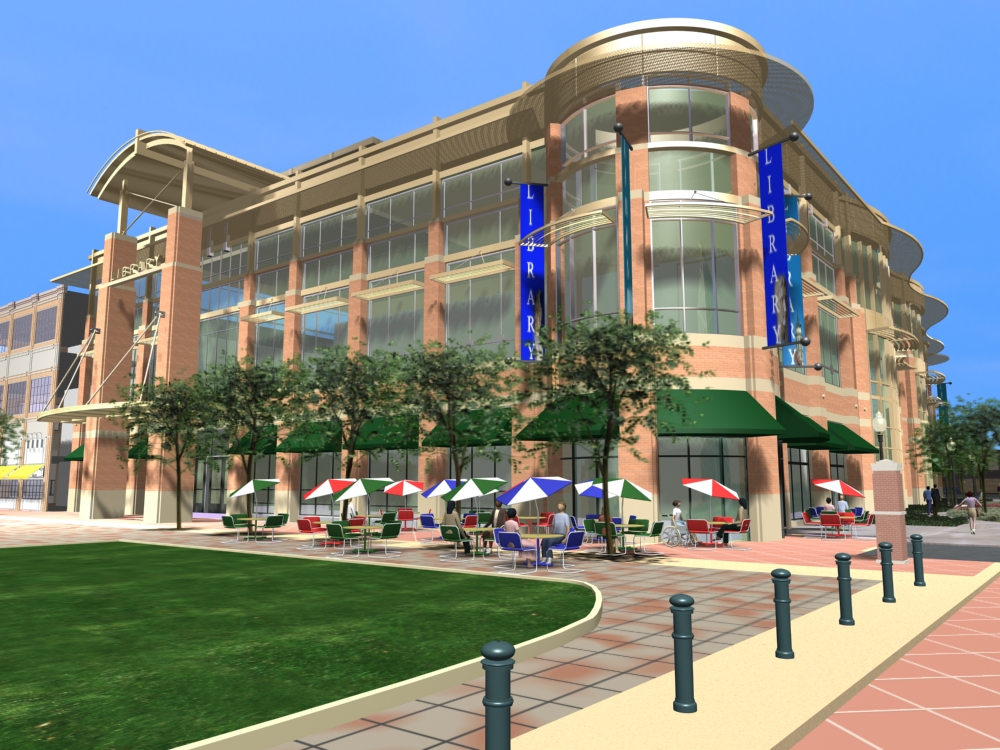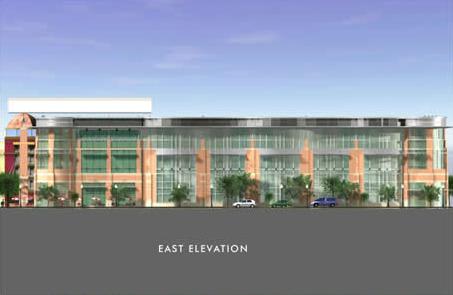User Note:
Note: While great efforts have been taken to provide accurate and complete information on the pages of CPEP,
please be aware that the information contained herewith is considered a work-in-progress for this thesis project.
Modifications and changes related to the original building designs and construction methodologies for this
senior thesis project are solely the interpretation of $!!STUDENT!!$. Changes and discrepancies in no way
imply that the original design contained errors or was flawed. Differing assumptions, code references, requirements,
and methodologies have been incorporated into this thesis project; therefore, investigation results may
vary from the original design.





